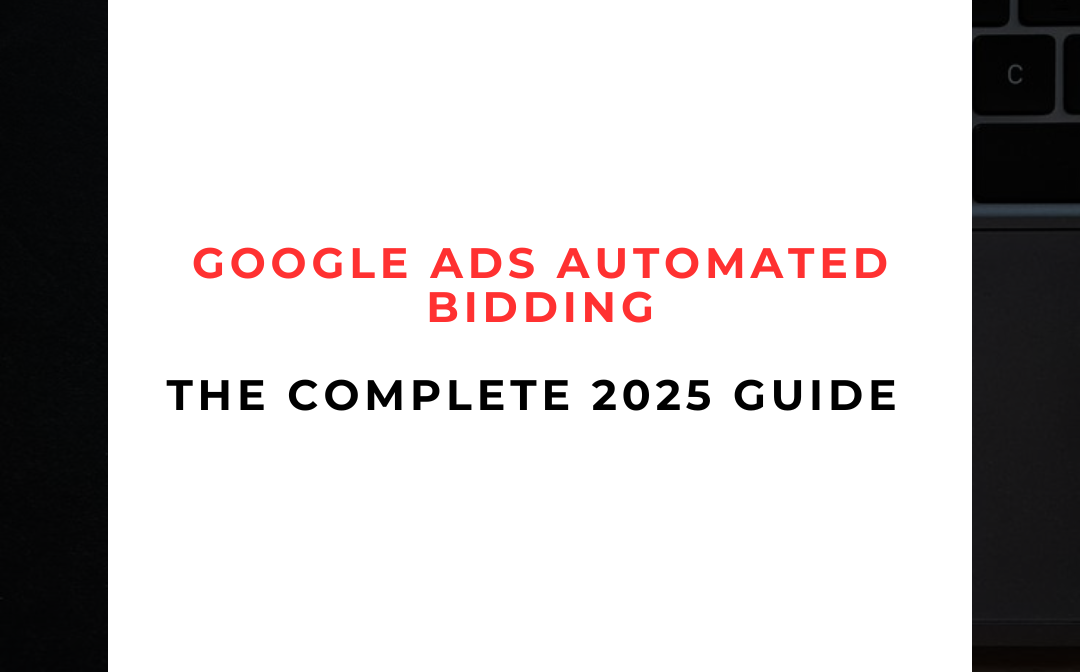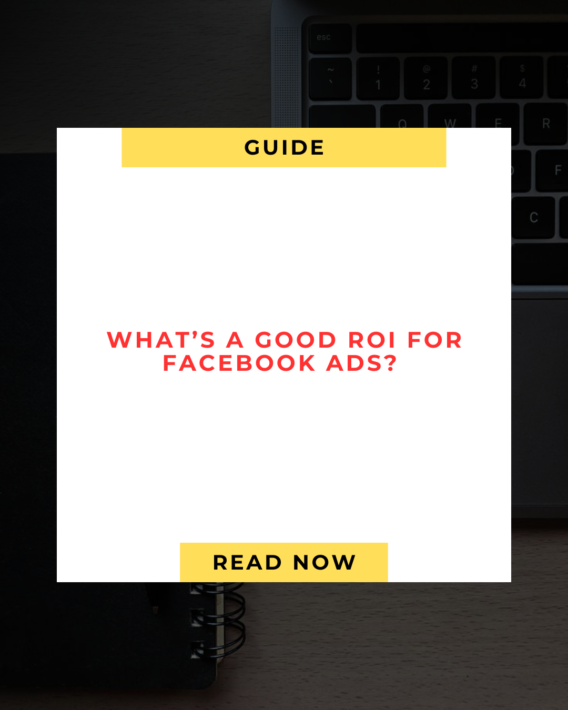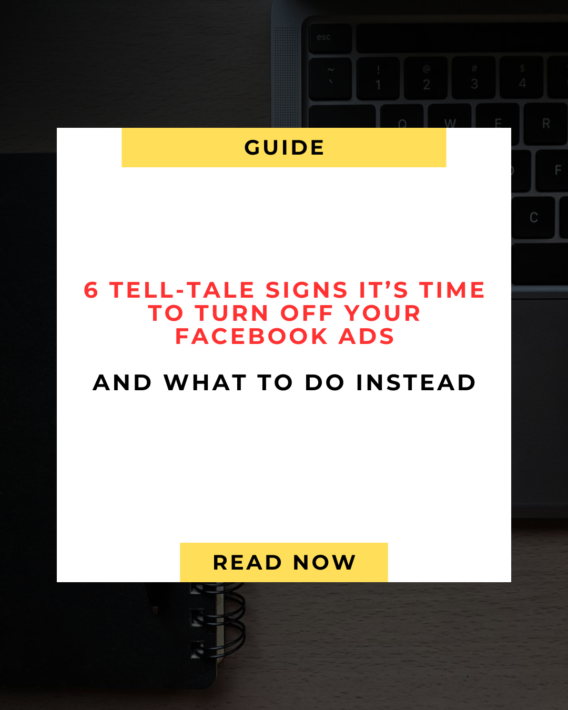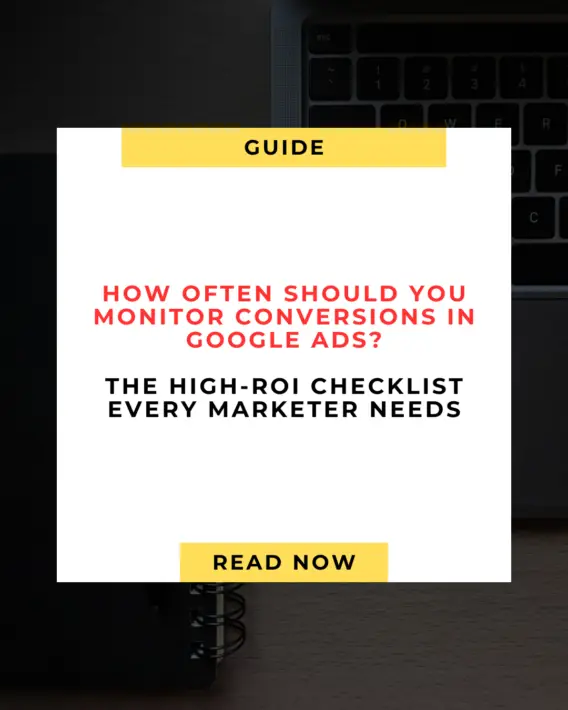
Google Ads Automated Bidding: The Complete 2025 Guide 🚀
🚀 What Is Automated Bidding in Google Ads?
Automated bidding is a strategy in Google Ads that leverages machine learning algorithms to automatically set bids in real time, optimizing them to meet specific business goals like maximizing conversions or achieving a target return on ad spend (ROAS) 📈.
Unlike manual bidding, which requires manual adjustments for each keyword, automated bidding continuously evaluates data and adjusts bids based on contextual factors such as location, device, and user behavior, ensuring that you’re always getting the best possible value for your budget.
🧠 How Does Automated Bidding Work?
Google Ads’ machine learning system analyzes vast amounts of data and uses that information to optimize bids in real time. Here are the main factors that Google considers:
- User’s Device: Mobile, desktop, or tablet 📱💻
- Location: Where the user is located 🌍
- Time of Day: When the search occurs 🕒
- Search Query: What the user is searching for 🔍
- User Behavior: Past interactions and interests 🤖
These signals allow Google’s algorithms to adjust your bids for each auction, increasing the likelihood of achieving the desired outcome-whether it’s a conversion, cost per acquisition (CPA), or return on ad spend (ROAS) 📊.
💡 Benefits of Automated Bidding
- Time Savings ⏰: Automated bidding eliminates the need for manual bid management, freeing up time for you to focus on strategy.
- Real-Time Optimization ⏱️: Automated bidding adjusts bids instantly, allowing for more precise targeting based on changes in user behavior.
- Machine Learning 🤖: Google Ads uses data to learn and improve performance over time, helping you get better results.
- Scalability 📈: As your campaigns grow, automated bidding makes it easier to manage large campaigns with multiple ad groups and keywords.
📊 Types of Automated Bidding Strategies
Google Ads offers several automated bidding strategies tailored to different goals. Here’s a breakdown of each:
- Enhanced CPC (ECPC) 🛠️: Automatically adjusts your manual bids to increase the likelihood of conversions while maintaining your original bid control. Best for those who want a little more control but still benefit from automation.
- Maximize Clicks 💻: Focuses on driving as many clicks as possible within your daily budget. Ideal for traffic-focused campaigns.
- Maximize Conversions 💡: Optimizes for the maximum number of conversions within your set budget, without worrying about specific cost-per-conversion targets.
- Target CPA (Cost per Acquisition) 🎯: Optimizes your bids to achieve as many conversions as possible at your target CPA, a great option if you know how much you’re willing to pay per lead or sale.
- Target ROAS (Return on Ad Spend) 💰: Focuses on achieving a specific return on ad spend. Perfect for businesses looking to maximize revenue relative to ad spend.
- Maximize Conversion Value 💵: Similar to Maximize Conversions, but focuses on generating the most value from your conversions, making it ideal for e-commerce businesses.
- Viewable CPM (vCPM) 👀: Focuses on ad visibility and pays for impressions where your ad is actually viewable to users. Great for awareness campaigns.
- Cost per View (CPV) 🎥: Primarily used for video campaigns. You pay for each view of your video ads.
Each strategy has its strengths, and the best one for you depends on your campaign goals, available data, and budget.
🧭 How to Choose the Right Strategy
Choosing the right automated bidding strategy depends on your campaign objectives and your level of control. Here’s how to select the right one:
- Target CPA 🎯: Best if you have a clear idea of the cost you’re willing to pay for each conversion, and have sufficient data to support that target.
- Target ROAS 💰: Ideal for e-commerce businesses focused on maximizing revenue and optimizing for a specific return on ad spend.
- Maximize Conversions 💡: If your goal is simply to get as many conversions as possible, this strategy is perfect for you.
- Maximize Conversion Value 💵: If you want to maximize the total value of your conversions, this strategy is the one to go for.
Be sure to analyze your past campaign performance, goals, and available data before selecting the best strategy.
🛠️ How to Set Up Automated Bidding in Google Ads
Setting up automated bidding is easy! Here’s how to do it:
- Log in to Google Ads.
- Select the campaign you want to apply automated bidding to.
- Go to the “Settings” tab.
- Under “Bidding”, click “Change bid strategy”.
- Select your desired bidding strategy.
- Set your target CPA, ROAS, or other relevant parameters.
- Save your changes.
🎯 Best Practices for Automated Bidding
To get the best results with automated bidding:
- Set Clear Goals 🥅: Define what success looks like for your campaign. Is it conversions, revenue, or just traffic?
- Allow Time for Learning ⏳: Google Ads needs time to gather enough data to optimize effectively. Be patient and let the system work.
- Use Sufficient Historical Data 📊: Automated bidding strategies work best when there’s enough historical data to learn from. The more data you have, the better the bidding system will perform.
- Monitor Campaigns Regularly 👀: Even though bidding is automated, you should still monitor the performance of your campaigns regularly to ensure they’re on track.
- Test and Iterate 🔄: Don’t be afraid to experiment with different strategies and settings to see what works best for your business.
⚠️ Common Mistakes to Avoid
Even with automated bidding, there are some common mistakes advertisers make:
- Setting Unrealistic Goals 🚫: Make sure your target CPA or ROAS is achievable based on historical data.
- Not Giving Enough Time for Learning ⏳: Smart bidding needs data to learn and optimize; don’t rush the process.
- Ignoring Other Optimization Factors 🧩: Automated bidding works best when paired with good ad copy, landing pages, and keyword strategies.
- Neglecting to Use Conversion Tracking 📉: If you don’t have conversion tracking set up correctly, automated bidding will struggle to optimize.
🔮 The Future of Automated Bidding
As AI and machine learning evolve, Google Ads’ automated bidding strategies will only become more advanced. In the future, we can expect:
- Even more sophisticated machine learning models that will analyze additional data points to optimize bids in real time.
- Improved predictive bidding models that will help businesses make smarter bidding decisions, even before data comes in.
- New automated bidding strategies that will focus on unique user behaviors, enhancing targeting precision and campaign outcomes.
✅ Conclusion
Automated bidding in Google Ads is a powerful tool that can save you time and improve your campaign results. By using machine learning to optimize bids in real-time, Google Ads helps you reach your business goals more effectively, whether you’re looking to drive more conversions, maximize your return on investment, or simply increase traffic.
By choosing the right strategy and following best practices, you can harness the full power of automated bidding and take your Google Ads campaigns to the next level in 2025.
👉 Ready to optimize your Google Ads campaigns with automated bidding? Visit marmakhub.com for expert assistance in setting up and optimizing your bidding strategies. Let’s boost your results together! 💼📈











